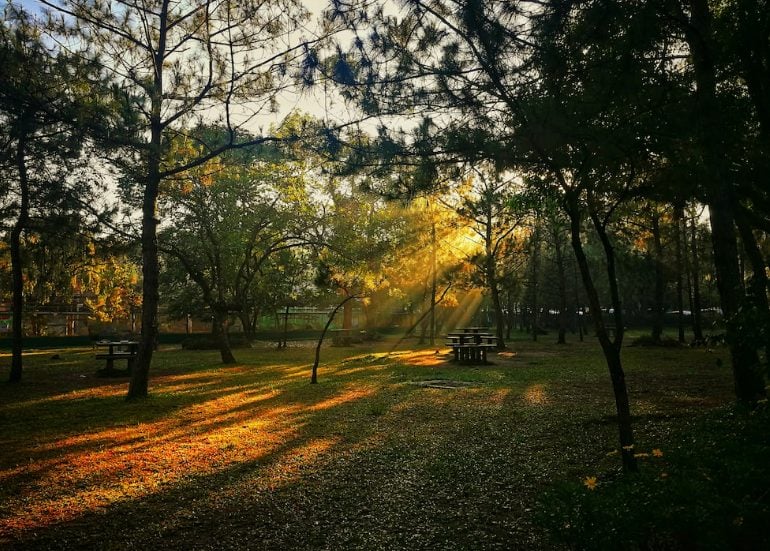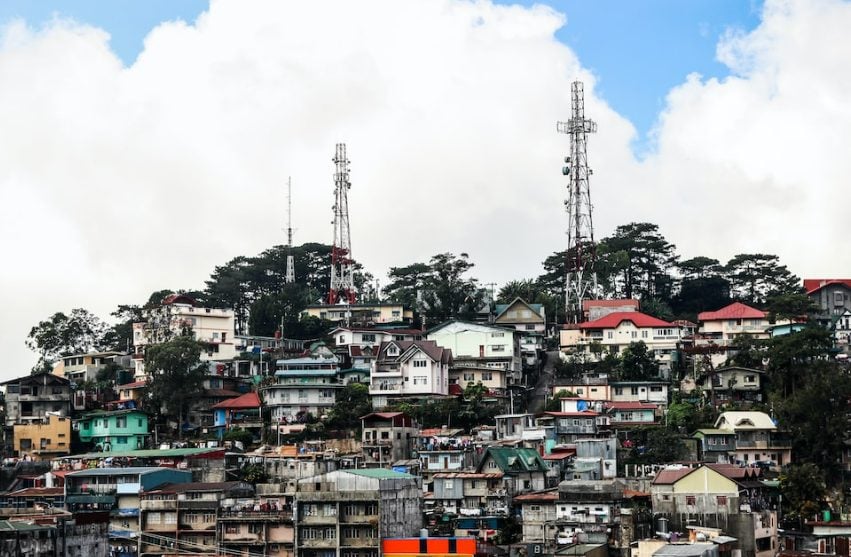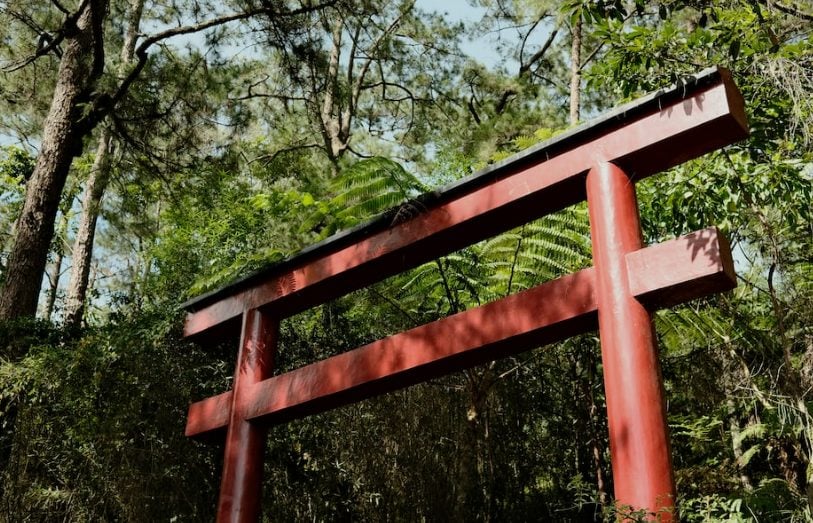BLOGS
Baguio Culture, History, and Heritage: A Cultural Tour with Bern during the Summer Season
There are just two types of vacations that most Filipinos in the Philippines look forward to. Either travel to a place where you may bask in the heat of the sun during the summer, or visit a city and other tourist attractions when the weather is somewhat colder. Yet, Baguio City is the place to go if you want to have the best of both worlds. And Baguio City is known as the ‘Summer Capital‘ of the Philippines.
According to the Baguio City Government, Baguio City is one of the most popular tourist destinations in the nation due to its scenic scenery, lovely gardens and flowers, temperate climate, and popular tourist attractions.
History of Baguio
Originally, Baguio was named “Kafagway.” The word “Baguio” comes from the Ibaloi word “bagiw,” which means “moss,” an environment that is favorable for the development of mossy plants. Beguet, the provincial capital of the Philippines’ northern Luzon, is home to the highly urbanized city of Baguio City. Due to its chilly climate, Baguio City is frequently referred to as the Summer Capitol of the Philippines. Because so many pine trees predominate the surrounding area, it is often referred to as the “City of Pines.”

Spanish Occupation
A number of excursions to Baguio were undertaken by the Spanish colonizers while they were in control of the Philippines. Benguet was organized as a province by Spanish commandante Galvey. Following that, the Spaniards paid $20,000 to sell the Philippines to the United States of America.
American Occupation
The Philippines welcomed the Americans with its pine-covered highlands and chilly Baguio. To connect Baguio to Pangasinan and the plains of the Ilocos, they constructed Kennon Road out of the mountains around the Bued River Canyon.
Japanese Occupation
On December 8, 1941, the Japanese bombarded Baguio, and on December 27, the same year, they captured it and established Camp John Hay as their headquarters. After General Yamashita’s formal surrender to the Americans on September 3, 1945, at the home of the US ambassador in Camp John Hay, the war eventually turned course, and Baguio quickly began the process of recovery.
Phillippine Independence
Baguio City was once again designated as the summer capital of the Philippines after the Philippines gained independence in 1946, and US camp John Hay was kept open as part of the Rp-US bases agreement.
Must-See Cultural Attraction in Baguio City
Baguio is a melting pot of culture and heritage, and without knowing about Baguio’s rich heritage, a visit to Baguio cannot be considered complete. You may learn about the history, customs, and artwork of the city by participating in its artistic and cultural events in Baguio. Attending Baguio’s artistic events will keep you entertained while the city’s cultural attractions will prove to be educational. Take a peek at this list to get to know Baguio culture during summer. It includes everything from historical sites to cultural acts. Have a wonderful trip by including these destinations in your itinerary for Baguio.
-
BenCab Museum
One of the most well-known and gifted artists in the Philippines is the inventive artist Benedict Cabrera. The BenCab Museum features his works of art and paintings. The museum, which is eclectically designed and features some unique sculptures, 3D artworks, and original paintings, is a treat for art aficionados. BenCab holds a unique place in Baguio’s heart because the artist eventually decided to move back to his native country and establish himself there in a lovely farm.
Other sections of the museum feature the creations of a variety of other gifted Filipino artists. The museum also has a cafe and a lovely duck pond, which add to the attractive ambiance.
-
Baguio Museum
The Baguio Museum is the place to go if you want to learn more about the intricate customs and communities of the Cordillera region. Further information about Baguio’s history and cultural legacy can be found there.

-
Tam-Awan Village
It is an artists’ community located in outskirts of the city that is surrounded by Ifugao and Kalinga huts. Even if getting there could be challenging, the trip is unquestionably worthwhile. A minimal entrance fee gets visitors inside the compound to explore the grounds, which includes an art gallery and a coffee shop.
Workshops and exhibits are held in the various native huts and other spaces. The ideal spot to buy an artwork, crafts and folk arts created by one of the many great artists whose works are on show is there. Those who make the ascent to the village’s highest point are rewarded with a breathtaking vista.
-
Heritage Hill and Nature Park Garden (Formerly Diplomat Hotel)
Heritage Hill and Nature Park Garden was built in 1913. And in the 1980s, it was shut down. And due to its eerie appearance and atmosphere, it has been abandoned ever since and is now referred to as a haunted home by both tourists and residents. After being restored by the local administration, it is currently known as Heritage Hill and Natural Park Garden and serves as a venue for vibrant and lovely art festivals. At this garden, Baguio City’s creatives and artists gather as well.
-
Ili-Likha Artists Village and VOCAS Art Space Cafe (Oh my Gulay)
In the center of Baguio City, there is a creative environment called Ili-likha Artist Village and VOCAS Art Space. Filmmaker, author, and National Artist Eric De Guia, also known as Kidlat Tahimik, is the creator of this. A genuine must-see when in Baguio.
-
Museo Kordilyera
Museo Kordilyera takes pleasure in collecting and preserving items unique to the Cordillera region, its residents, traditions, and cultures as the first ethnographic museum in the nation’s north.
-
Easter Weaving Room, Inc
You can admire the exquisiteness of the Igorots of the Cordillera’s traditional fabric weaving at Easter Weaving Room, Inc. Every day of the week is a good time to visit this location and shop for locals’ handicrafts, souvenirs, and traditional clothing.

-
The Mansion
This grand structure, formerly known as the Mansion House, was constructed in 1908 and used as the U.S. Governor-Generals. During the fight to liberate the Philippines in 1945, it was completely destroyed, but it was later immaculately restored.
Despite the fact that guests are not permitted to go inside the house, the location and its surroundings provide for beautiful pictures. A two-story structure inside the courtyard, next to the Mansion, is used as the Philippine President’s official house in Baguio City. There is also a small amphitheater close by.
-
Bell Church
Bell Church, a Taoist temple that is considered to be one of the most tranquil locations in the city, is a hidden treasure of Baguio. Even before you approach the temple, a spectacular pagoda and wonderfully designed gardens will calm your spirit. You are welcomed to this serene, gently spiritual Chinese temple with bells, dragons, and flags. Even a lotus pond, which enhances the attractiveness of this calm sanctuary, is present.
When will you visit Baguio?
The cool climate, pine trees, and fresh vegetables and its sustainable urban development of Baguio are well-known. But the city is also the home of a booming real estate market such as Bern Baguio under Brittany. Baguio has drawn the attention of developers who are wanting to construct opulent residences and resorts because of its location in the Cordillera Mountains and because of sustainable urban development.
However, because of the price increases, many locals are finding it challenging to purchase a property in the city. Baguio is still a desirable location for property investors notwithstanding these difficulties.
Suggested Read: Cultural Interior Design: Showcasing Your Culture At Home
Suggested Read: Philippine Currency Guide: History And Exchange Rates
Suggested Read: Art Collections By Filipino Celebrities
Suggested Read: Benefits Of Living In Baguio 2023
Suggested Read: Baguio Museum Hopping















